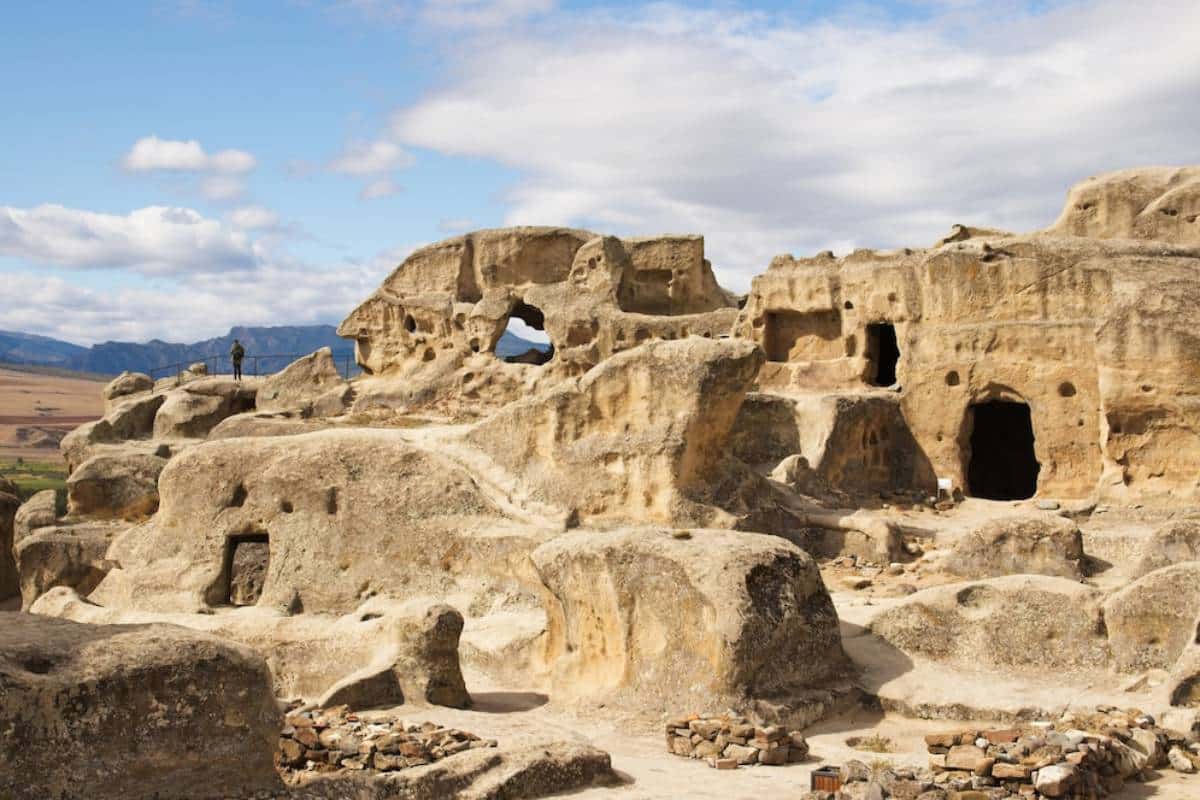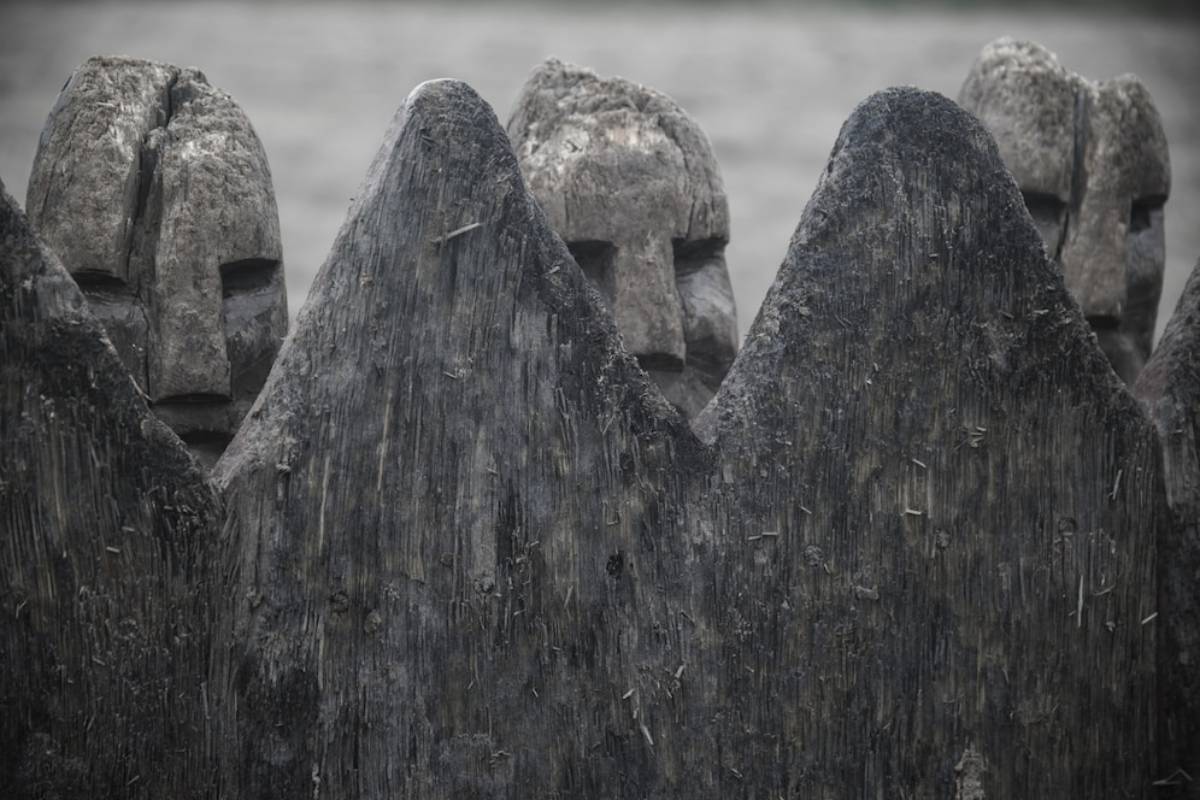
The Most Mysterious Lost Cities of the World
Throughout history, many civilisations have thrived, only to disappear. Their ancient ruins fascinate historians, archaeologists, and adventurers alike. The mystery of hidden cities calls us to explore the past and uncover its secrets. In this blog, we will look at some of the most enigmatic lost cities, their stories, and the mysteries surrounding them.
The mystery of these lost islands and civilisations is not only in their disappearances. It also lies in the rich culture and history they left behind. As we journey through these ruins, we’ll explore why these cities were abandoned and their lasting legacies. From busy trade centres on the Silk Road to grand temples in the jungle, each city shows us a piece of a lost world.
Key Benefits / Why It Matters
Understanding lost civilisations and their ruins is important. Hidden cities show us important details about past societies. They help us understand social, economic, and political structures. This exploration helps us understand human history and the forces that shaped civilisations.
But there’s more! Finding these relics often reveals artefacts and insights that can change our history. Imagine finding ancient scripts that provide new perspectives on key events. Also, studying architectural wonders can inspire modern engineering and design.
The mystery of these hidden cities sparks public interest, encouraging curiosity about our world. This passion might motivate future generations to explore careers in archaeology and history. This way, they can help protect our shared heritage.
Step-by-Step Guide to Discovering Lost Cities

Research and Exploration
Uncovering lost cities starts with thorough research. Historians and archaeologists examine texts, maps, and oral traditions for clues. These sources guide them to ancient treasures.
Recently, technology has become a treasure map for archaeology. Satellite imagery and ground-penetrating radar help researchers locate potential sites accurately. These tools reveal structures hidden by thick foliage or buried under sediment.
Excavation and Analysis
After identifying a site, excavation and analysis begin. This careful process involves gently removing soil to reveal structures and artefacts. Archaeologists must be cautious, preserving fragile remnants and saving precious items.
Analysing these artefacts is crucial for understanding lost civilisations. Insights from pottery, tools, and daily life remnants paint a vivid picture of ancient customs and beliefs. Studying architectural styles also reveals technological advancements and cultural influences.
Interpretation and Preservation
The final step is interpreting and preserving the findings. Researchers combine evidence to create a narrative about a civilisation’s journey and decline. This process usually involves working with historians, archaeologists, and experts to better understand.
Preservation is vital for passing down knowledge to future generations. Protecting and conserving sites means keeping them safe in two ways. First, we preserve them physically. Second, we use legal measures to guard against looters and damage.
Additional Expert Tips & Common Mistakes to Avoid
Certain best practices stand out when exploring lost civilisations. First, approach each site with respect, recognising its cultural significance. This respect includes local communities whose traditions offer insights into the region’s history.
Avoid jumping to conclusions based on limited evidence. Interpreting archaeological findings requires a careful approach that considers the broader historical context.
Neglecting interdisciplinary collaboration is a common mistake. Studying lost cities gains from combined insights in history, anthropology, and geology. This mix helps build a fuller understanding.
Advanced Insights / Expert Recommendations

For those eager to explore lost civilisations further, advanced insights await. An interesting way to explore is by looking at links between lost cities and their trade networks. Tracing these links can reveal cultural exchanges that shaped ancient societies.
Another key area to study is how environmental factors influence urban rise and fall. Climate change, natural disasters, and resource depletion have all caused societies to decline. Understanding these factors can provide valuable lessons for modern urban planning and sustainability.
Finally, pursuing lost cities opens doors for public engagement and education. Researchers can share stories and findings from ancient ruins. This helps people appreciate history and archaeology. It also creates a lasting bond with our shared past.
Advanced Insights / Expert Recommendations
If you want to explore lost civilisations, check out some expert tips and insights. One way is to see how lost cities connect to ancient trade and communication networks. Researchers can examine these connections. This helps them understand global interactions and cultural exchanges that shaped civilisations.
Another area of interest is the study of environmental factors and their impact on the rise and fall of cities. Climate change, natural disasters, and resource depletion led to the fall of ancient societies. Learning from these factors can help us with modern urban planning and sustainability.
Unlocking the Secrets of the Past
Lost civilisations and hidden cities spark our imagination. They provide a glimpse into the past and inspire our future. Uncovering these ancient ruins teaches us more about human history and the forces that shape our world.
Exploring lost cities shows the curiosity and drive of researchers and adventurers. They work hard to reveal the stories buried in time. As we investigate these travel mysteries, we see the need to preserve our shared heritage for future generations.
Uncovering lost cities is a fascinating and rewarding journey. It offers insights into history and lessons for tomorrow. Whether you are an experienced archaeologist or a curious traveller, the charm of hidden cities will inspire you. So, start your own adventure and unveil the secrets of the world’s most mysterious lost cities.


